What Is the Pug Lifespan and What Health Issues Affect It?

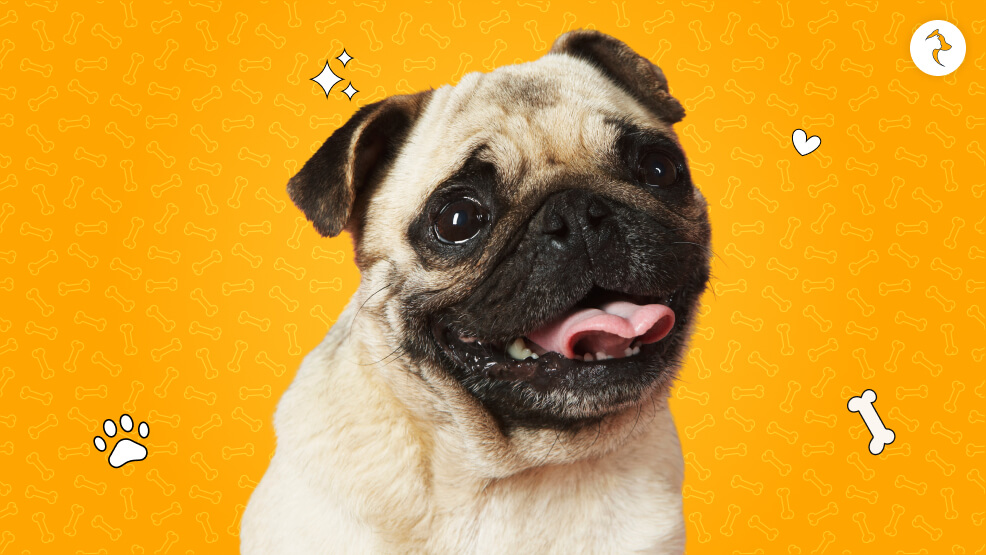
A Pug is a popular dog breed because of their unique appearance, loving nature, and playful behavior. The breed is unique among other dogs because of their shortness in muzzle with big eyes and being compact.
Despite the lovely nature of these dogs, they face a few health-related challenges which the dogs may face.
Hence, pug lifespan and common health problems are important information for anyone considering adopting a pug. Let’s discuss the basic needs of care of pugs and health issues, then how to make them healthy.
Pug History
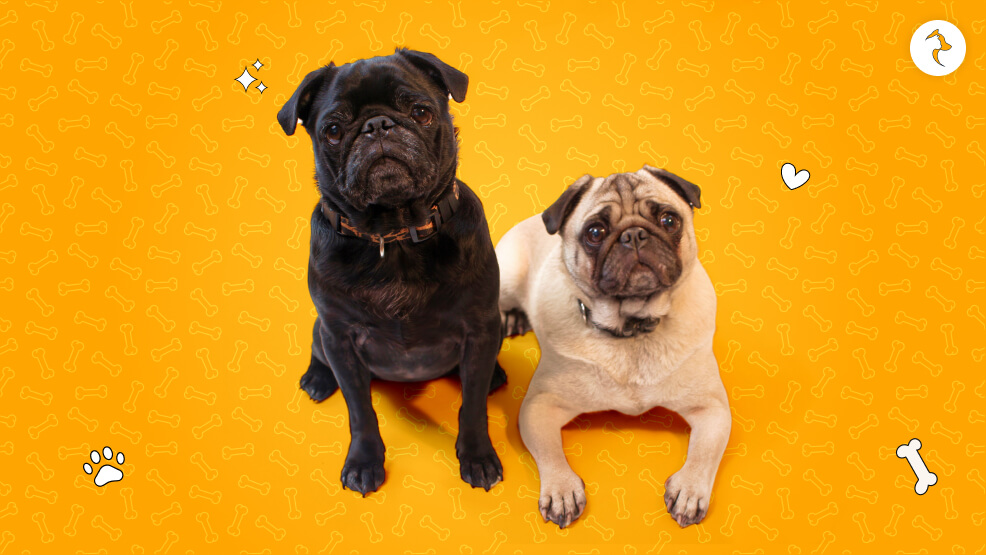
The history of the pug goes as far back as 2,000 years ago in ancient China. They were bred as companion dogs for royalty.
Their playful yet calm demeanor made them popular among the Chinese aristocracy, and they were often kept as pets in royal courts.
Pugs spread to Europe over the centuries, especially in the Netherlands and England, where they continued to charm their owners with their affectionate nature.
Characteristics of Pugs
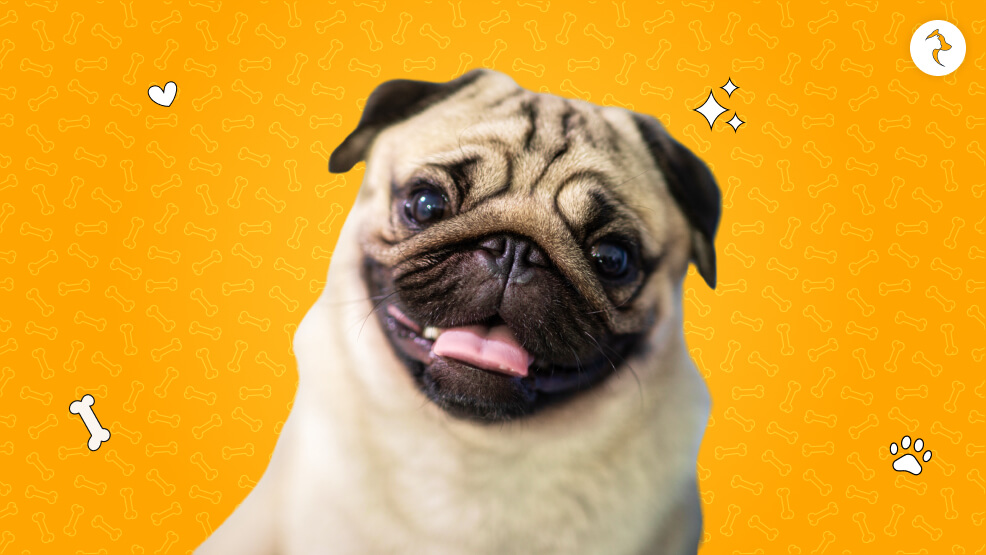
Pugs are a short and sturdy breed with compact bodies, short legs, and curled tails, and they are very sociable, affectionate, and mischievous.
They are also relatively clever, so they are pretty easy to train, although, at some point, they could become stubborn.
| Affection level | High |
| Friendliness | High |
| Kid-Friendly | High |
| Pet-Friendly | High |
| Exercise Needs | Medium |
| Playfulness | High |
| Energy Level | Medium |
| Trainability | Medium |
| Intelligence | Medium |
| Tendency to Bark | Low |
| Amount of Shedding | High |
Physical Appearance
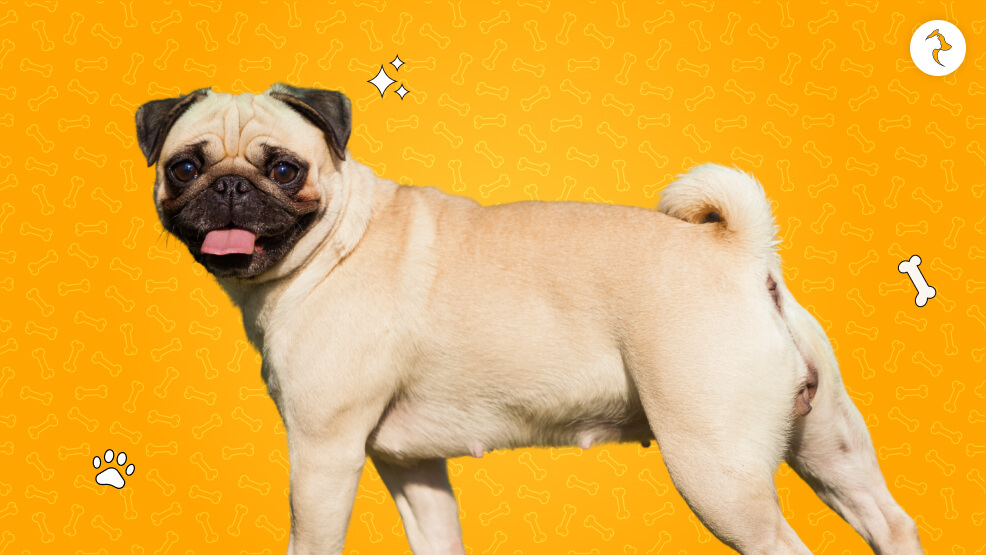
The most prominent feature of a pug is its wrinkled, short snout, large round eyes, and bat-like ears.
Pugs are relatively small, weighing between 14 to 18 pounds, and approximately 10-13 inches tall at the shoulder. Pugs have smooth, short coats in various colors, such as fawn, black, and silver.
| Group | Toy |
| Height | 10 to 13 inches |
| Weight | 14 to 18 pounds |
| Coat | Short and smooth |
| Coat Color | Fawn or black with a blackface mask |
| Life Span | 13 to 15 years |
| Temperament | Affectionate, sweet-tempered, playful |
| Hypoallergenic | No |
| Origin | China |
Personality and Behavior
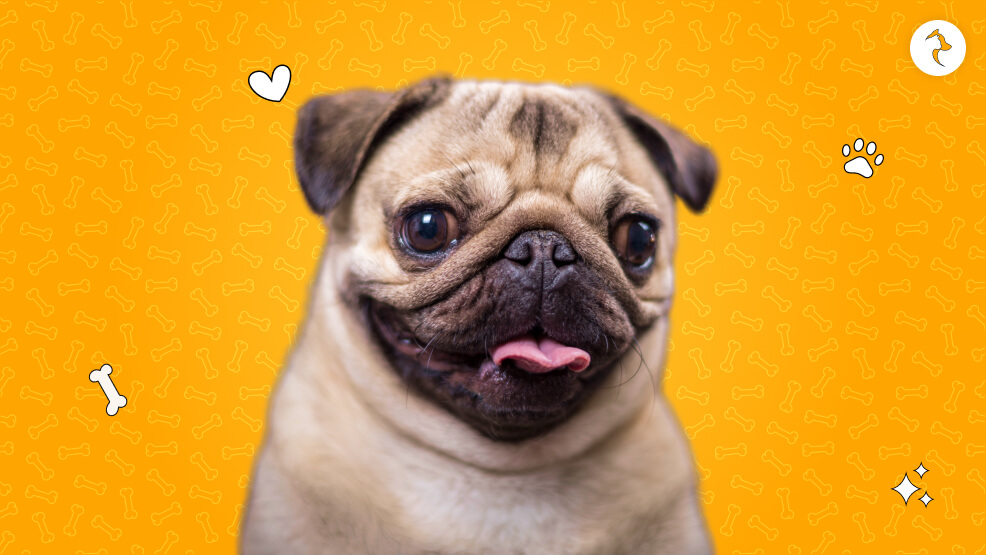
Pugs are social animals friendly to humans, very loyal and attentive. They like the kind of environment that will keep showing them attention.
Many of the playful habits of a pug entertain its family members. Generally, Pugs get along quite well with children, other dogs and pets and would easily be a favorite to every family.
Lifespan
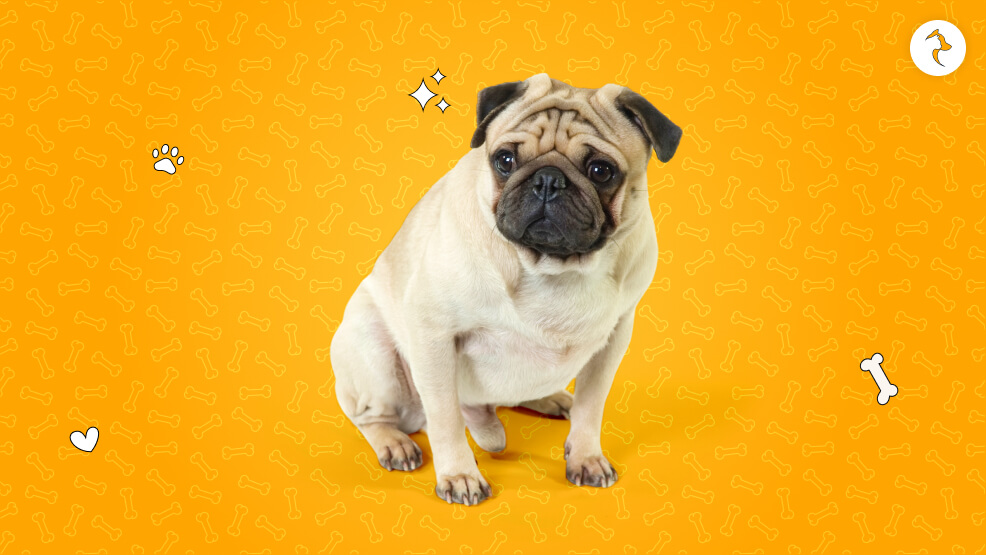
The mean lifetime of a pug is between 12 and 15 years. From these, genetics, diet, exercise, and healthcare influence lifetimes.
Pugs are not only living longer compared with other breeds of dogs of similar sizes but are also exposed to various health issues. This, if continued, leads to a loss of quality and low lifespans.
Training and Care for Pugs

Pugs require patience and consistency. They can be a little stubborn at times. Rewards and praise are great for pugs, intelligent animals that can easily get distracted.
So, the best training sessions should be short. Early socialization helps ensure that they get along with other dogs and people.
Not very strenuous, they still need time and play for frequent walks to remain healthy, lean, and even mentally fit. In a brachycephalic breed, pugs often suffer from breathing issues.
Thus, such physically demanding exercises, especially when it’s hot, must be avoided, although low-intensity exercises would be fine from a health standpoint.
How to Groom a Pug: Grooming Guide for Pugs
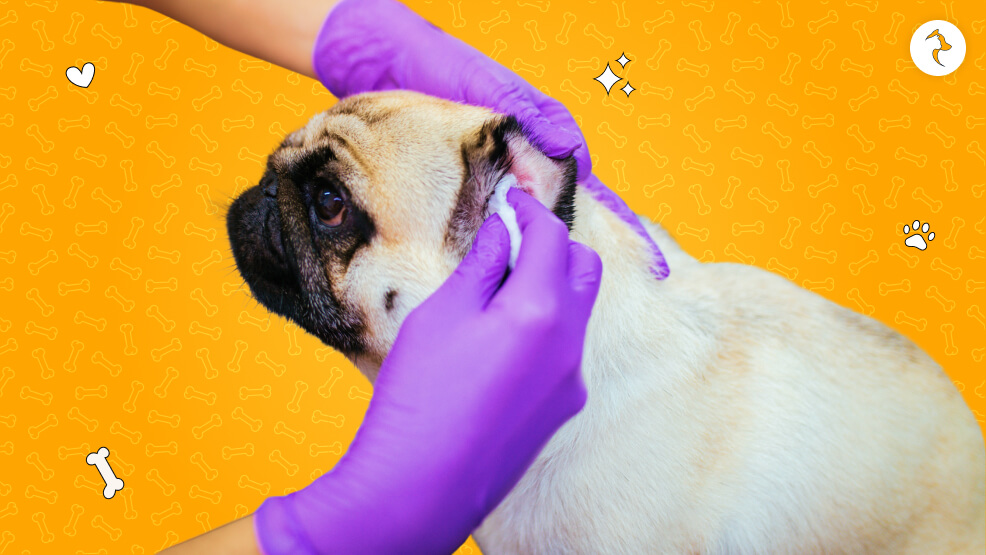
When it comes to grooming a pug, then there are certain specifics that you need to take care of while grooming. So, let me break them down for you individually.
1. Coat Care
Pugs have a short, smooth coat that sheds year-round but will shed more during season changes. Their shedding will be manageable with regular brushing with soft-bristled brushes and will help keep their coats shiny.
2. Skin Care
Pugs have sensitive skin, and their wrinkles will require special care. Clean the folds frequently to prevent moisture buildup or even infection and irritation.
3. Eye Care
Pugs tend to have eye problems because their eyes are big and bulging. One should always check the eyes for irritation, dryness, or injury. Cleaning eyes will prevent infection.
4. Ear Care
Pugs have floppy ears that hold moisture and debris, resulting in infections. Regular cleaning of the ears with vet-approved ear solution prevents infection and keeps ears healthy.
5. Dental Care
Dental health is important because pugs have a small mouth and very crowded teeth, making them highly susceptible to dental diseases.
The possibilities of periodontal disease can be reduced in pugs by brushing their teeth regularly and having dental chews.
How Much Should You Feed a Pug?
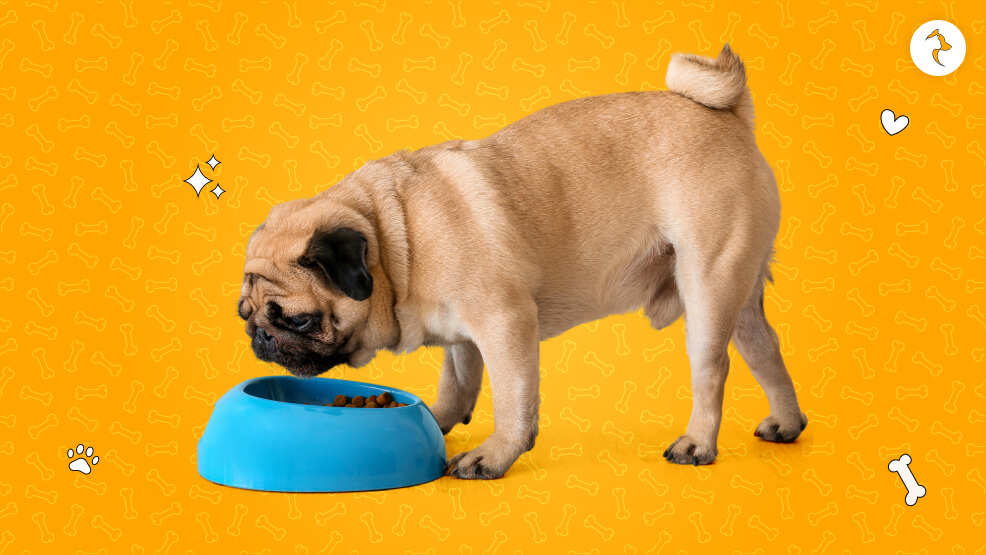
A pug requires a balanced diet to ensure healthiness. The best pet food for small breeds is top-quality, as it nourishes them without overfeeding. Pugs are easily disposed to obesity, so they control portions.
Feeding a Pug
Feed your pug at least twice daily; this maintains constant energy levels and reduces overeating. Provide their food, which targets small breeds and addresses their nutritional requirements.
A pug eats approximately 1/2 to 1 cup of food daily and in two meals. However, this may change based on age, physical activities, and the rate of metabolism.
Nutritional Tips for Pugs
Feed your pug food rich in protein, fibers, and healthy fats, but avoid foods containing too much filler or by-products. Consult the vet for specific dietary guidance.
Living with a Pug
Pugs are highly adaptable to apartment life, thanks to their minute size and low energy. However, they are very demanding of daily attention and stimulation.
They are affectionate animals and cannot tolerate being left alone for long. Separation anxiety is the most common one.
Common Health Issues in Pugs
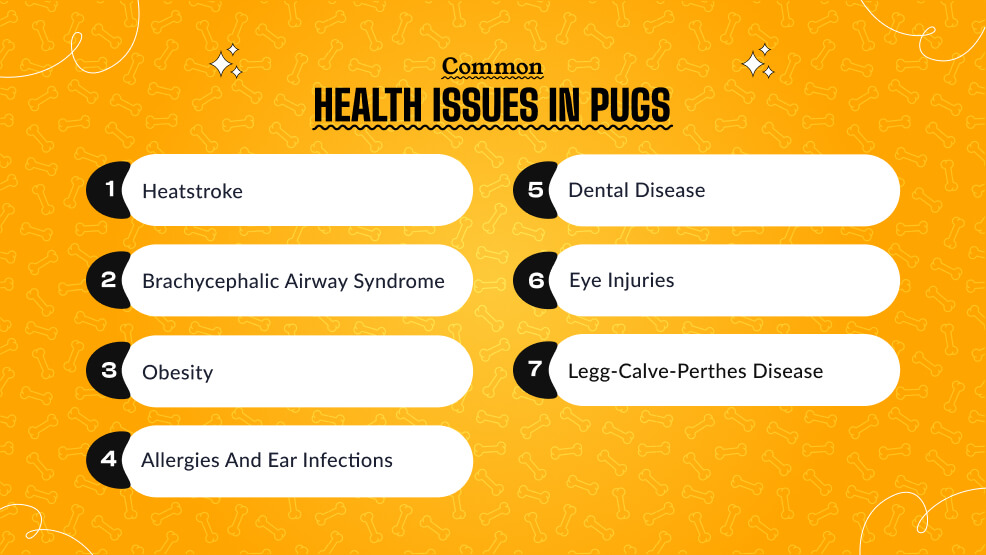
A pug, like any other dog breed, has certain health issues that they deal with throughout their lifespan. So here are a few common health issues that a pug deals with.
1. Heatstroke
Because pugs are brachycephalic by nature, they are easily overheated. Warm climates make it hard for them to breathe.
This is because they cannot pant easily and can’t cool themselves as well as others. Thus, cooling is a factor of importance for them during warmer months.
2. Brachycephalic Airway Syndrome
They easily develop brachycephalic airway syndrome, which can give the dog a short airway, leading to trouble breathing.
This can sometimes make them snore, gasp for air, or, even worse, suffer respiratory problems. Avoid over-exertion and seek vet advice if you suspect the dog is experiencing breathing difficulty.
3. Obesity
Pugs gain weight easily as they love food and do not have much activity. The condition can worsen other health issues, for example, joint problems and heart diseases.
Therefore, keeping them fit by proper exercise and portion control is the most significant requirement for their health.
4. Allergies and Ear Infections
Pugs often have allergies, which may cause skin irritations, ear infections, or respiratory issues. Maintaining clean ears and being watchful for allergic reaction symptoms such as itching or sneezing keeps the conditions at bay.
5. Dental Disease
Dental disease is another common problem that occurs in pugs. Pugs have a small mouth size, and because of this, their teeth get crowded, which prevents the self-cleaning process through the teeth.
Hence, it demands tooth brushing regularly along with dental check-ups to avoid the loss of teeth and infection.
6. Eye Injuries
Pugs have very exposed eyes, an area likely to suffer injury or infection or even drying out. They must also be clean, though signs of irritation or infection can be excessive tearing and squinting.
Legg-Calve-Perthes Disease
It involves the hip joint and mainly occurs in smaller breed dogs like pugs. This condition will make the dog in pain and find walking troublesome. The importance is early diagnosis, with appropriate veterinary care that manages the disease without complications.
Wrapping Up!
A pug is an affectionate and sweet dog, a delight for any family worldwide. However, despite a mean age expectancy of 12 to 15 years, a pug dog suffers specific health issues mostly due to its brachycephalic make. If trained, the above methods will result in a healthy life and happy lifespan for your pug.


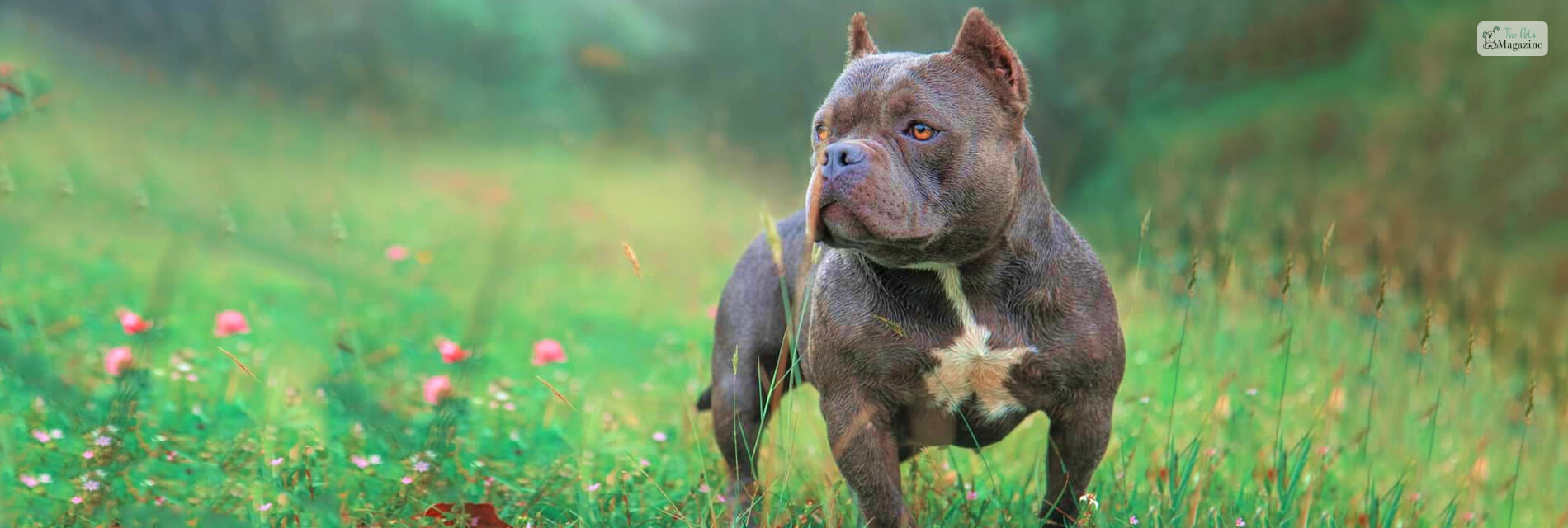

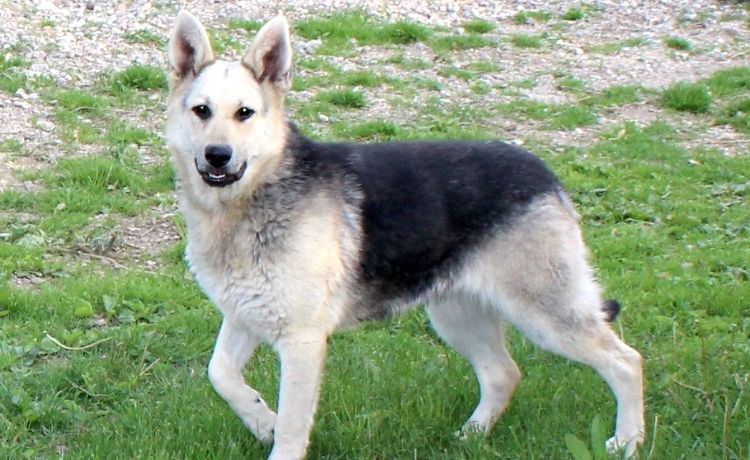

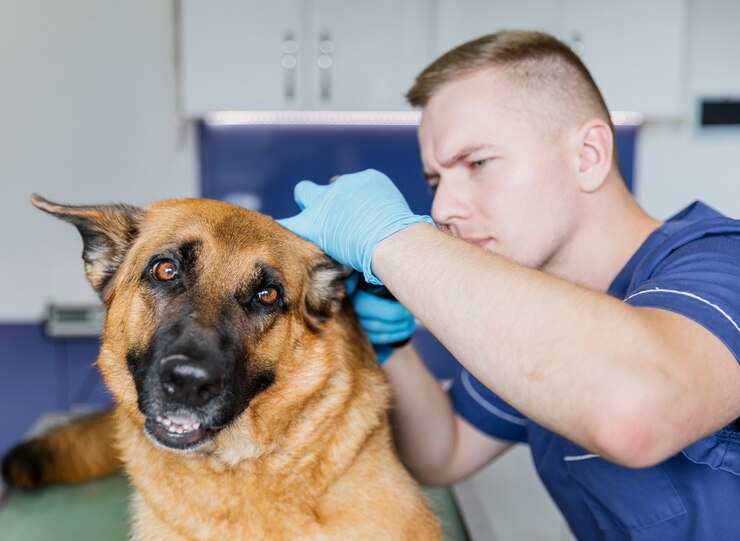
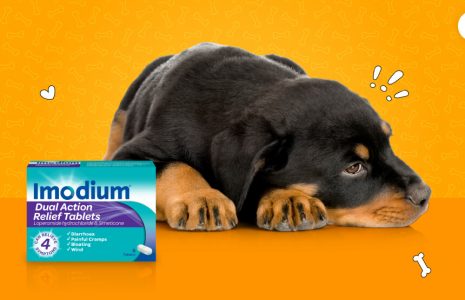

Leave A Comment